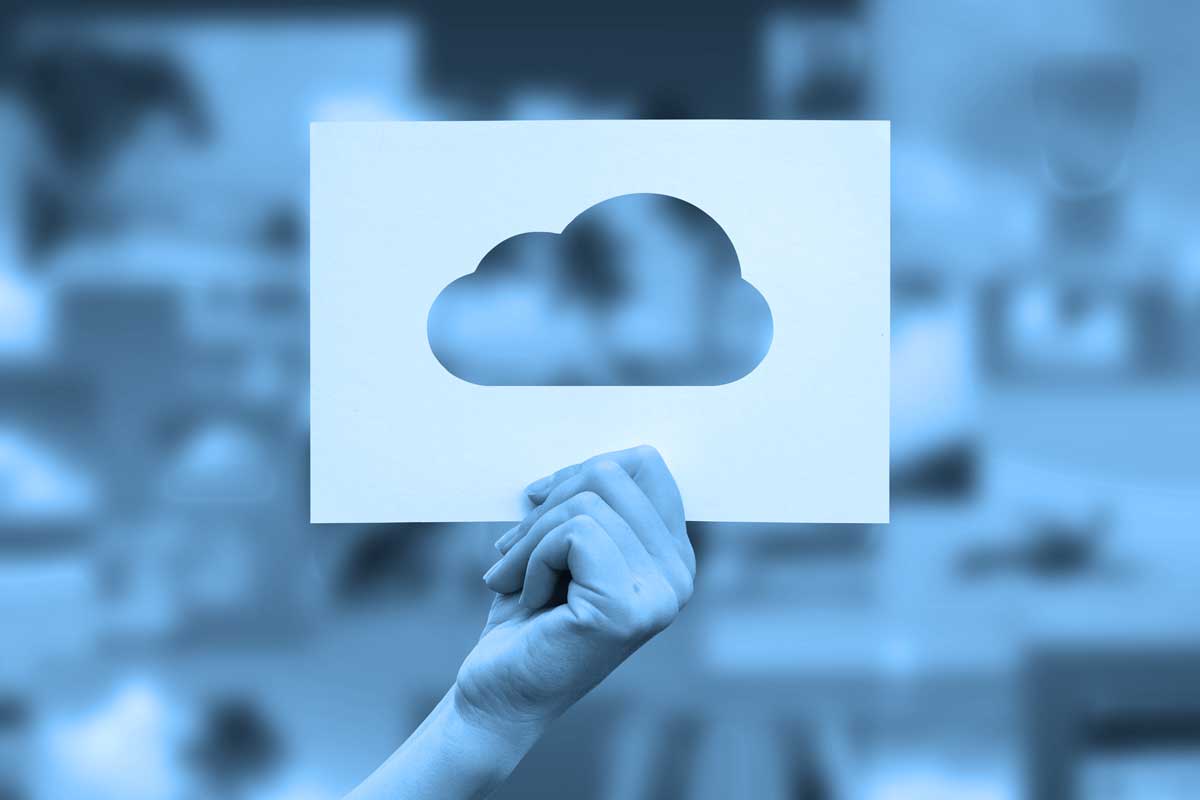Cloud computing – like anything else – has its own language and jargon. It’s not difficult to understand, it’s just specific. But any language can be a barrier and make you feel like an outsider if you don’t understand it. If that’s what’s stopping you getting into cloud computing, this helpful quick start guide to cloud computing jargon should help…
Application (app)
An application, or “app”, is a piece of software, often downloaded to run on a device such as a smartphone or tablet.
Cloud
Computing capacity (servers) accessed via the internet, including the databases and software on those servers.
Cloud application
An application that runs in the cloud.
Cloud backup
Backing up data to a remote, cloud-based server.
Cloud computing
A general term for the services and facilities available via the cloud. The computing infrastructure, data, and software are all hosted remotely. The three main models are infrastructure-as-a-service (IaaS), platform-as-a-service (PaaS), and software-as-a-service (SaaS) – see below for individual definitions.
Cloud migration
The act or process of transferring on-premises data, applications, and/or services to the cloud.
Cloud-native
Referring to applications specifically developed to run in the cloud.
Cloud service provider
A company offering cloud computing services ( e.g. IaaS, PaaS, or SaaS).
Cloud storage
The storage of data in a data centre accessed remotely via the cloud.
Data migration
Moving data, either between servers or other storage systems, or from one data format to another.
Database
An organized collection of data.
Enterprise application
An application designed for large scale use.
Google Cloud Platform (GCP)
Google’s infrastructure and platform cloud services.
Google Workspace
Google’s suite of cloud computing and collaboration apps; the most well-known include Gmail, Drive, Calendar, Meet, and Docs.
Hybrid cloud
A cloud computing setup that includes a combination of private cloud, public cloud, and on-premises solutions. These separate environments remain distinct but are connected to allow movement of data and services.
Infrastructure
The combination of hardware and virtual resources required to support a computing environment.
Infrastructure-as-a-Service (IaaS)
As offered by a cloud service provider via the internet: virtualized computing, network and storage resources, provided to the user as a service via the internet.
Middleware
Software that connects and integrates different software components or applications, allowing seamless use.
On-premises
Non-cloud technology or software; i.e. based on servers in the building with direct connections; for example, software that must be installed on a computer (as opposed to accessing via the internet and/or cloud) is ‘on-premises’.
Open source
Software whose source code is openly available, to be shared and changed freely. Often associated with community-driven programming and development.
Platform
A computer or system on which software and applications run is a platform.
Platform as a Service (PaaS)
A virtual platform service offered by a cloud service provider, including the necessary tools to create, deploy and manage applications via the internet.
Private cloud
Cloud infrastructure used by multiple users within a single organisation or business.
Public cloud
Cloud infrastructure that is hosted by a cloud services provider; available to the public via the internet.
Scalability
The degree to which an application, platform or cloud can manage increasing (or decreasing) traffic or workload. A ‘scalable’ system has the capacity for growth. Cloud computing’s flexibility can be referred to as ‘scaling on demand’.
Service level agreement (SLA)
The contractual agreement between a cloud service provider and its users/customers, laying out the promised levels of service, availability and performance.
Software as a Service (SaaS)
Software (applications) that are accessible via the cloud. Often either available for free or licensed on a pay-as-you-go subscription basis. Applications that can be used without downloading and/or installing on a device are examples of SaaS.
User interface (UI)
The way in which the user interacts with an application or technology, including the visual elements and look and feel of the interaction.
User experience (UX)
More than just the interface, the whole of the user’s experience with an app or technology, including their perception of it and how they feel about it.
Virtual machine
Software that replicates hardware; a virtual version of a physical computer with its own operating system and capable of running software. A physical computer can potentially run several virtual machines at once.

Hopefully, this quick start guide to cloud computing terminology goes some way to decoding some of the jargon you may see around. Luckily, you don’t need to be fluent in the language to benefit from cloud computing. The right service provider will handle all technical aspects… and talk to you about it in plain English! If you want to know more about what cloud computing could do for your business, check out our services, or give us a call on 1800 312 972 – we’re here to help.
